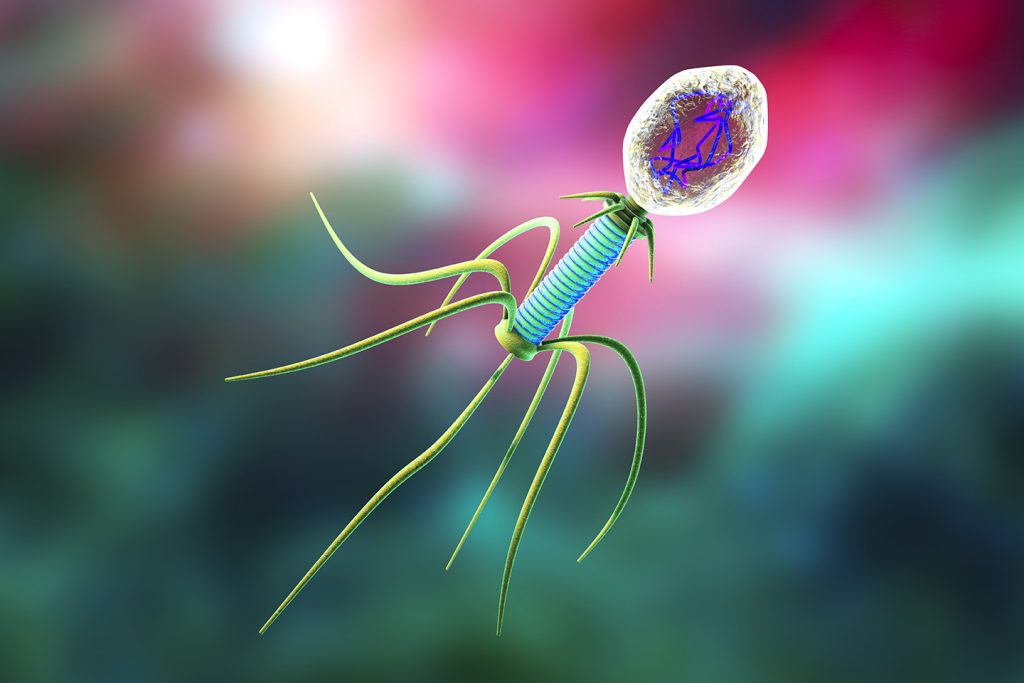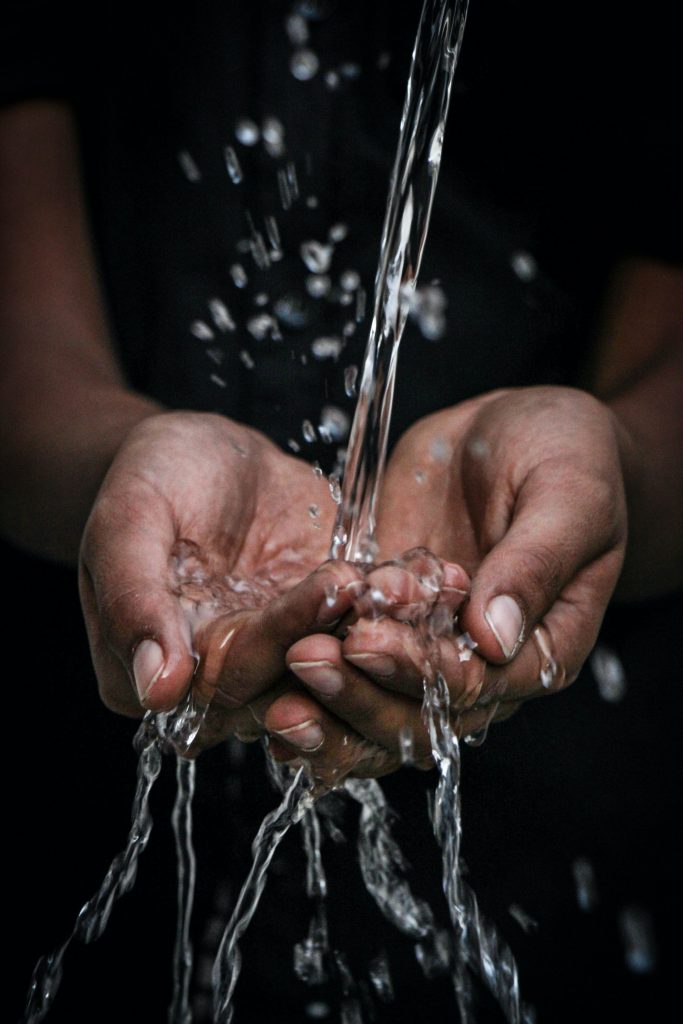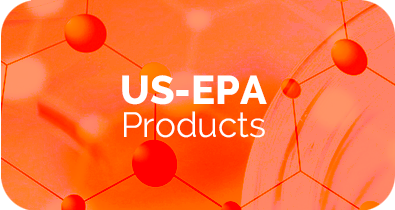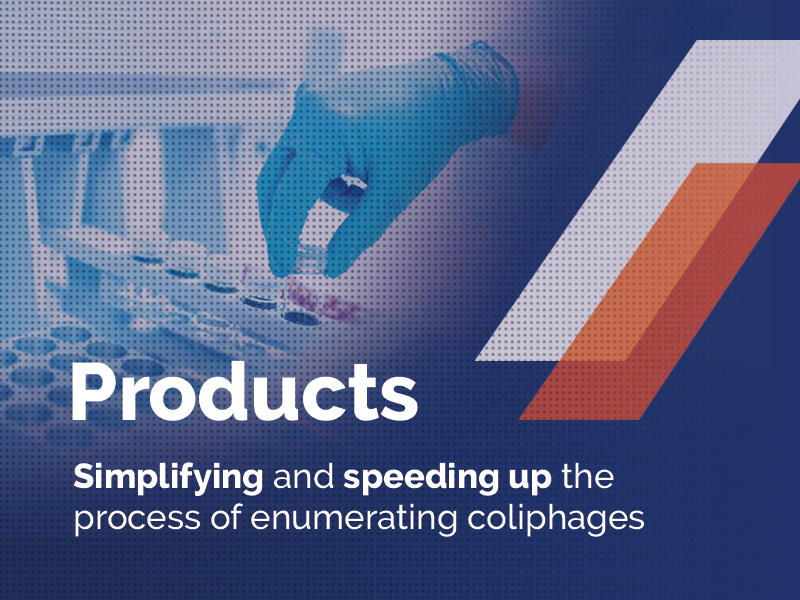Why are coliphages the new viral indicators of fecal water contamination?
A.R. Blanch’s field of research is environmental microbiology. He specializes in the traceability of fecal contamination in water and the development of specific and targeted methods for detecting bacteria, and the use of bacteriophages as viral indicators in water, food, and sludge.
At the end of 2020, the European Commission published a new Drinking Water Regulation, in which it advised monitoring coliphages as viral indicators for the qualitative analysis of water for human consumption.
When did you start at the MARS group of the University of Barcelona to study these bacteriophages (virus) groups and promote its monitoring for the microbiological analysis of water?
Our research group (MARS: Microbiologia de l’Aigua Relacionada amb la Salut, Health-Related Water Microbiology) began work with bacteriophages as possible indicators of viral and fecal water contamination in the early 1980s. Our research group actively participated in the international expert group that conducted the studies to develop ISO methods, and one of our researchers was the chairman of this group.
Not all countries consider the analysis of coliphages as an indispensable viral indicator to guarantee the absence of fecal contamination in water.
Why did the MARS group decide to patent a method and develop a product to perform microbiological water quality testing for coliphages?
The established ISO methods define very well the standardized procedure for the measurement of coliphages by any analyst. They have been very robust over the last two decades worldwide and have been applied operationally in many laboratories for routine analysis or research purposes. However, they require many steps and do not provide a result until 16 – 24h. We, therefore, set out to explore a new methodological approach that could deliver results within one working day. This allows water managers and health officials involved in water quality to make decisions within a few hours from the start of the analysis. The new methodological approach based on a fast and simple colorimetric detection of lysis caused by coliphages in a sample was patented to transfer it to the industrial sector and promote the development of fast and simple kits for any user.
Most laboratories that perform water quality control for human consumption, agriculture, or recreational uses apply standard ISO methods in Europe and US-EPA in the United States.
What are the advantages of the Bluephage methodology compared to ISO and US-EPA standards? Are there other standard methodologies for detecting and enumerating coliphages internationally?
The Bluephage procedure is simpler, easier and faster. Analysts applying standard ISO or US-EPA techniques must prepare, calibrate and preserve working cultures of host bacterial strains and prepare positive control materials. The availability of the new procedure in the Bluephage kits facilitates coliphage analysis, reduces the time to results, and saves the analyst the prior tasks of preparing biological materials (calibrated stocks of the host strain and reference for the test control).
Other approaches to improve coliphage analysis in an easier and faster way have been assayed and reported in scientific publications. However, none of them presently has a local or international dimension for a feasible application.

Many other viruses are present in fecal contamination, such as norovirus, HAV, rotavirus, and adenovirus.
Why do you consider coliphages to be good indicators of fecal contamination of water?
The analysis of bacterial indicators does not provide sufficient information to assess the risk to human health associated with viral infections. Therefore, it is advisable to include a viral indicator (e.g., somatic coliphages) to monitor water treatment performance. Coliphages are viruses that infect enteric bacteria, which behave similarly to human and animal pathogenic viruses in terms of their persistence in the environment and their resistance to water treatments. Coliphages meet all the requirements of a microbial indicator, and we know that coliphage concentrations in raw wastewater are elevated throughout the year worldwide, as is the case with bacterial indicators. We also know that coliphages persist longer than indicator bacteria once out of the gut.
The process of removing indicator bacteria and coliphages in traditional wastewater treatment is similar. Unlike human or animal virus concentrations in normal epidemiological situations, coliphage concentrations in treated wastewater effluent remain high enough to enumerate, without the need for complex and expensive concentration procedures often required for human and animal pathogenic viruses found in very low concentrations.
As non-pathogenic viruses, coliphages are a viral indicator that can be safely manipulated in the laboratory.
Why is this so?
As mentioned above, coliphages are viruses that infect enteric bacteria and therefore do not infect humans or animals. We find them as part of our intestinal microbiota. Therefore, their analysis does not pose any risk to laboratory personnel.
Among the advantages of Bluephage water testing products is the speed of processing results.
Why are the benefits for a water testing laboratory technician to have samples analyzed within 6.5 hours?

An analysis of a microbial indicator within the working day makes it easier to obtain results for operational and management decisions in a shorter period of time than using traditional techniques that typically provide results within 24 hours.
For example, knowing the results of the microbial quality of the bathing water on the same day that bathers are using the bathing area always gives us more security than not having data or relying on predictions. Another example is taking corrective measures in different treatments for water reuse; if we have results on the same working day, we could adjust and improve the efficiency of the processes practically online.
Unlike molecular techniques for the analysis of some pathogenic viruses that can also be very interesting to shorten the time of availability of the results, these do not differentiate whether the measured viruses are in the infection phase or are dead. Detection of coliphages by culture techniques such as ISO or US-EPA methods or the new Bluephage procedure gives us information on infectivity, which is essential for health risk assessments.
Moreover, we cannot afford to test for all possible human or animal viruses present in water for reasons of analytical performance and costs, which, in many cases, would also require cumbersome and expensive concentration procedures. For this reason, microbial indicators or models have been defined for more than 100 years and have been so successful in curbing waterborne pathogen infections.
The reasons why tap water in developing countries may suffer more frequent outbreaks of fecal contamination are clear.
What are the main reasons for the fecal contamination of water in first-world countries?
Although the application of bacterial indicators to monitor the microbial quality of water has given us excellent results over the last century, we still find that outbreaks of infectious diseases caused mainly by viruses or parasites occur. Bacterial indicators do not allow us to have a complete reference of the presence of these pathogenic viruses or parasites. Even in developed countries, there are still outbreaks caused by pathogenic viruses (e.g., norovirus) that cause a high number of cases with a significant number of hospitalizations and, in some circumstances, unfortunately, even mortality.

Water analysis is applied to several water sources with different uses.
What is the recommended average number of water sample analyses for coliphages in a laboratory working to ensure a city’s drinking water safety? What is the recommended average number of water sample analyses for coliphages in a laboratory that monitors recreational waters in high and low seasons?
Is coliphage analysis also recommended for agricultural water?
The number of analyses to be done on drinking or bathing water is related to the total volume of water demand or the characteristics of the bathing areas and the bathing season, respectively. The sampling frequency, type of analysis, and cut-off values are usually established by the competent health authorities and are well indicated in health regulations. For example, recently, WHO (2017) advises in its guidelines for drinking water production in potable reuse the absence of coliphages per 100 mL of water.
In the case of water reuse for agricultural application, a categorization of the possible uses of this type of water is also established according to its microbiological quality based on the measurement of microbial indicators. Indicator microorganisms, including coliphages, are also used to validate the treatment processes applied in water reuse.
How can Bluephage help the community of water industry professionals improve their water testing performance?
Bluephage’s approaches with the novel technology implemented in its kits will provide water utilities and health laboratories with more accessible, simpler, and faster monitoring of these viral indicators. If routine testing for coliphages is progressively implemented, it will significantly improve the sanitary quality of water and at very moderate costs. This contribution leads to an increase in the added value of water safety.




